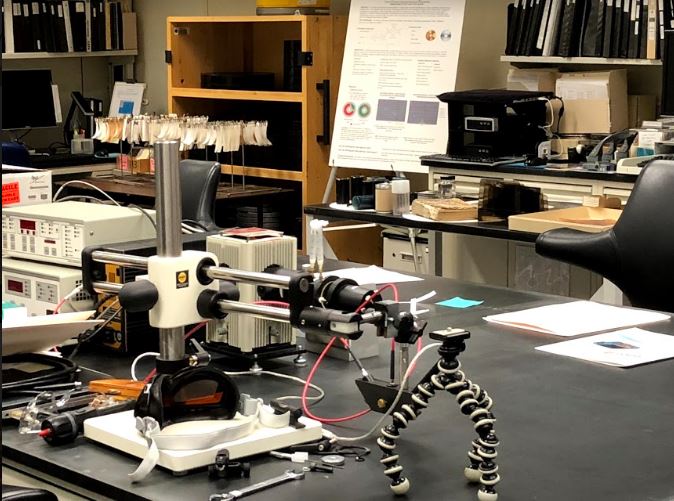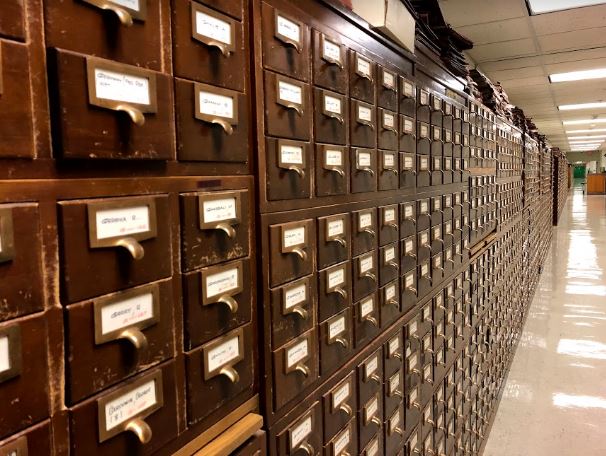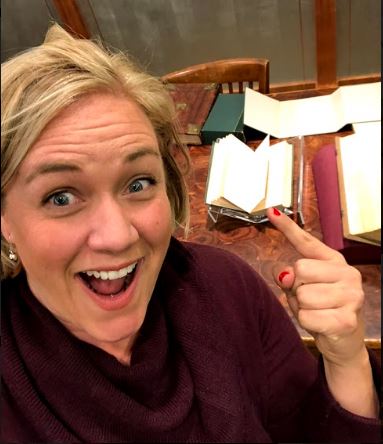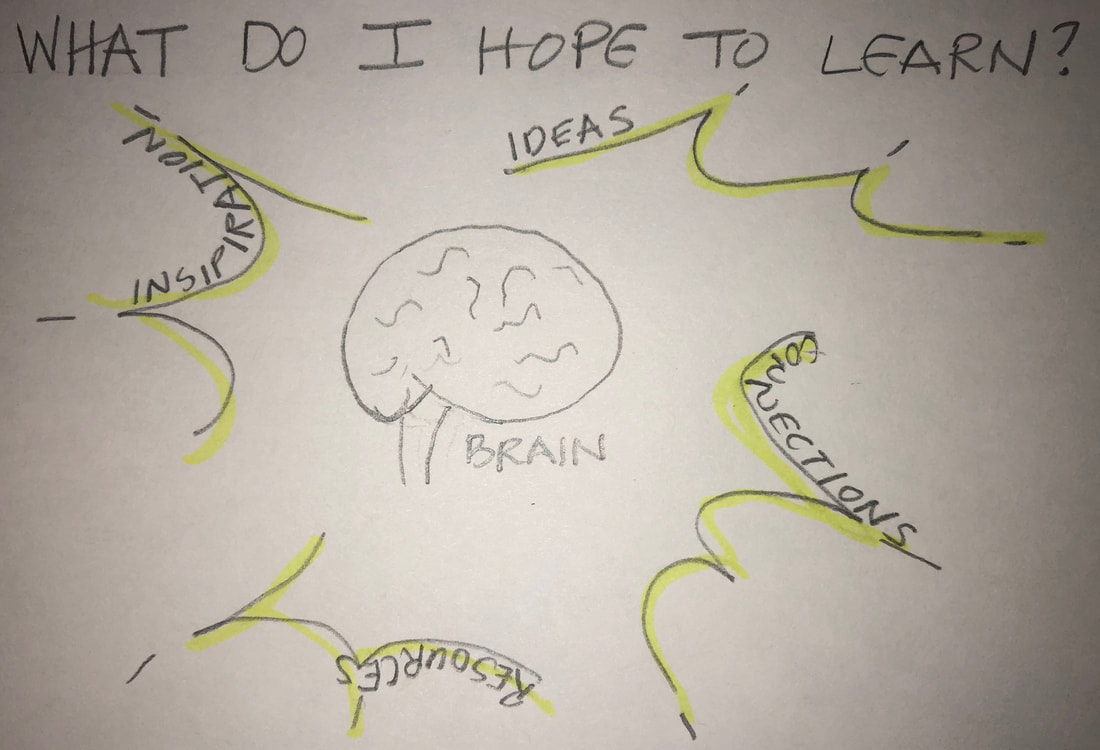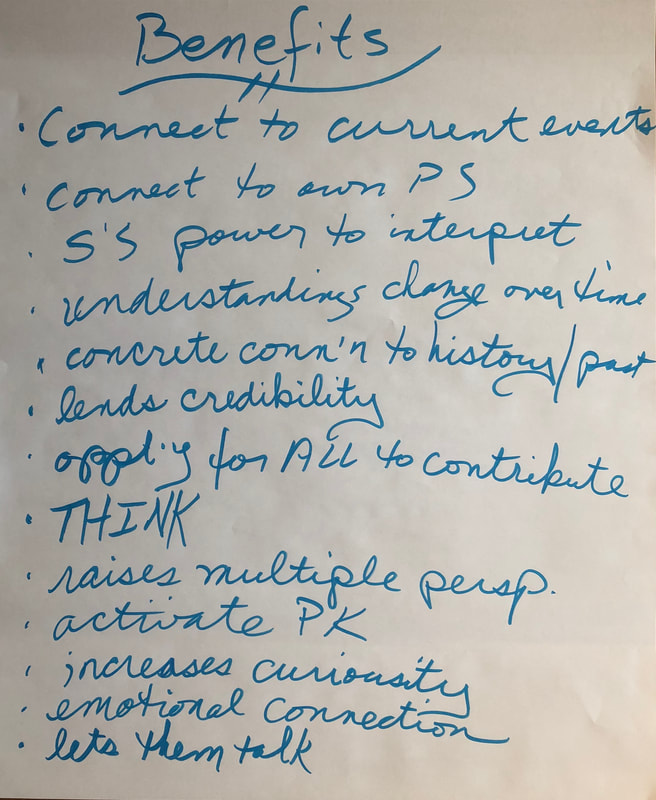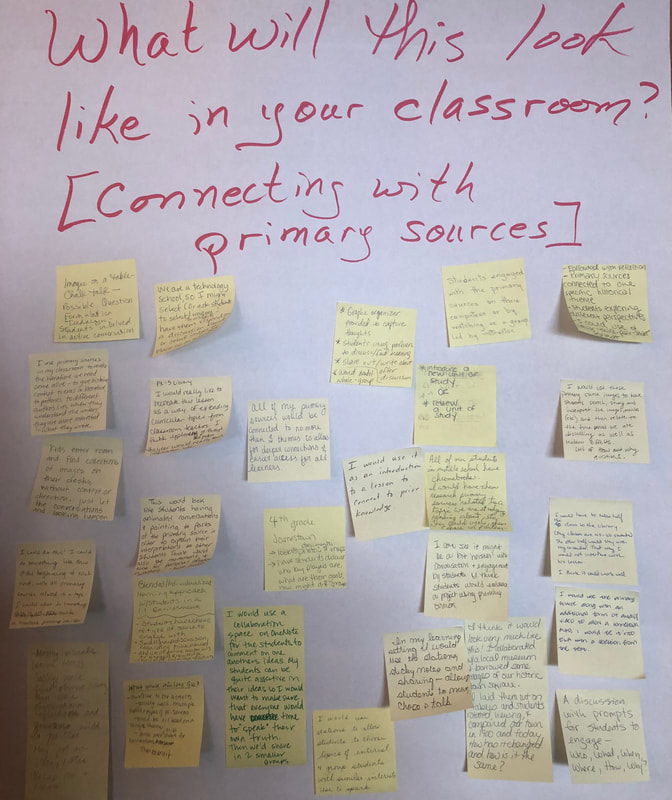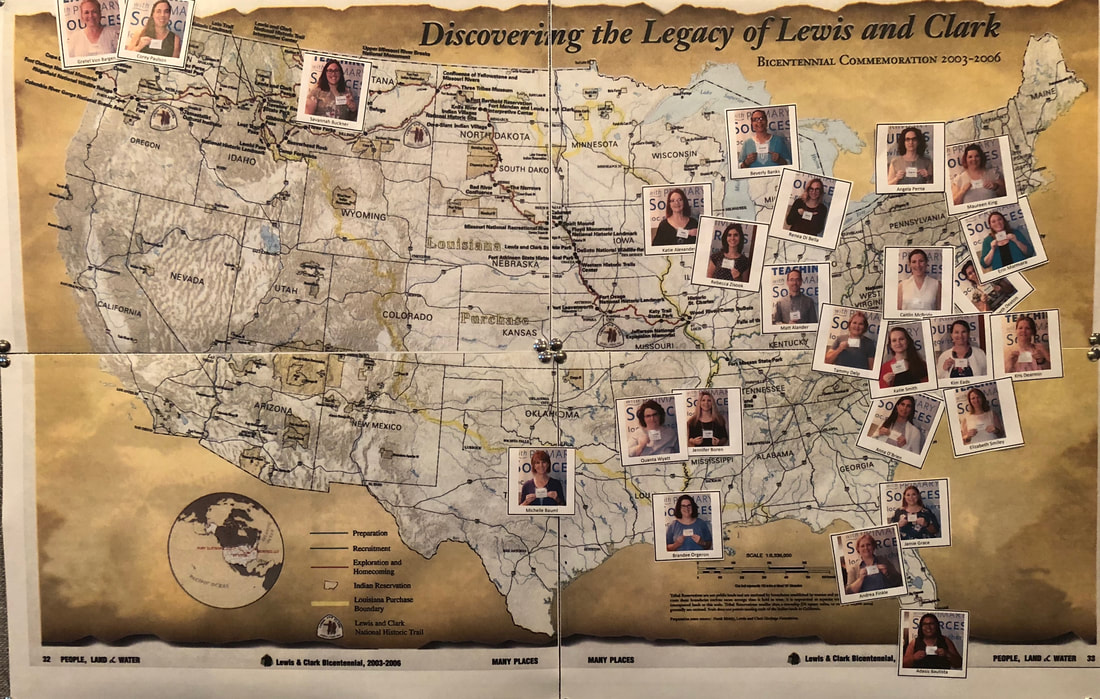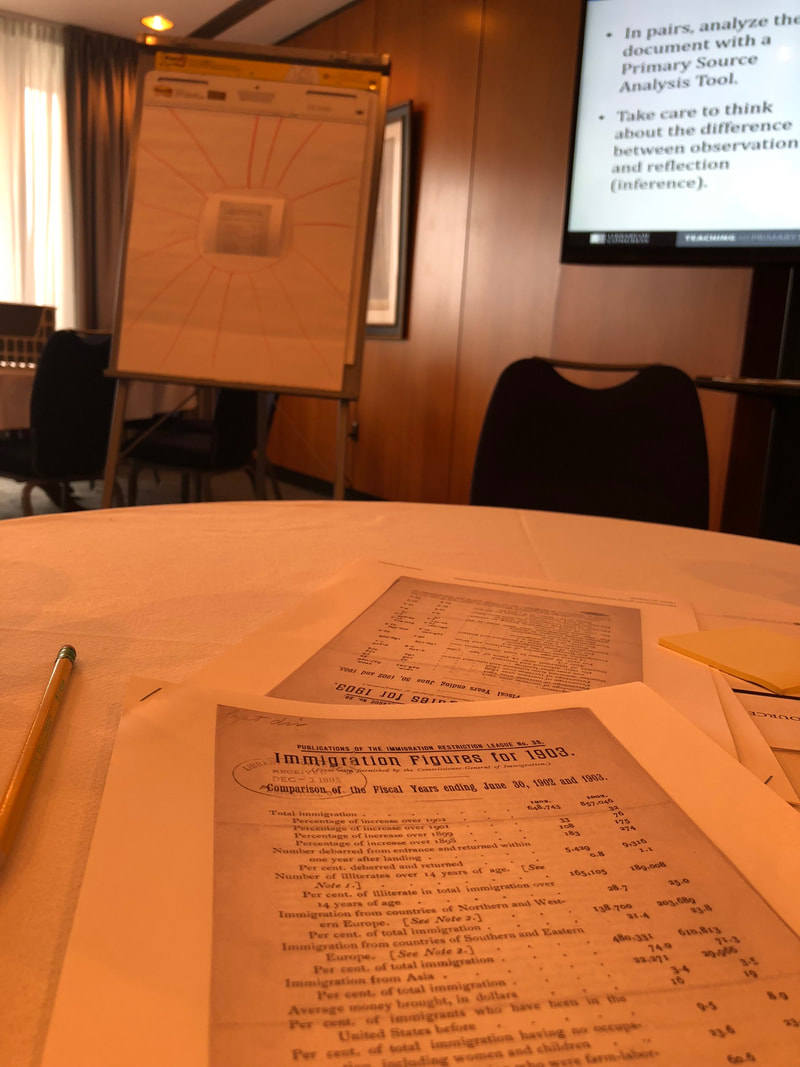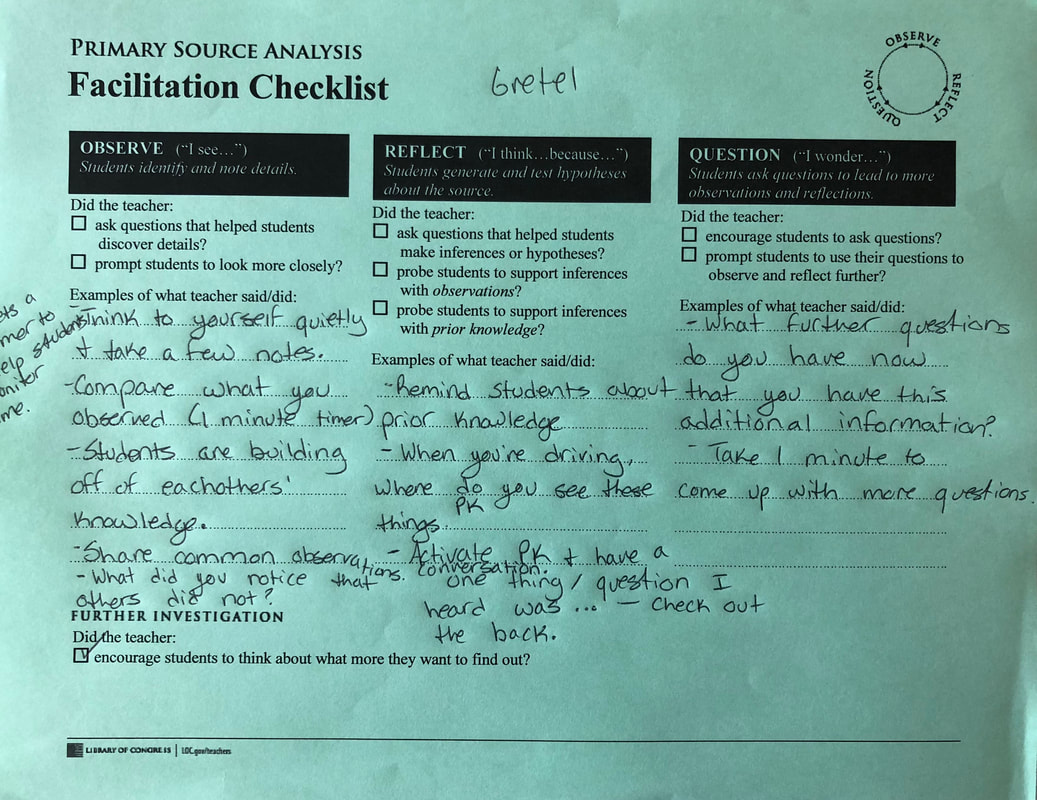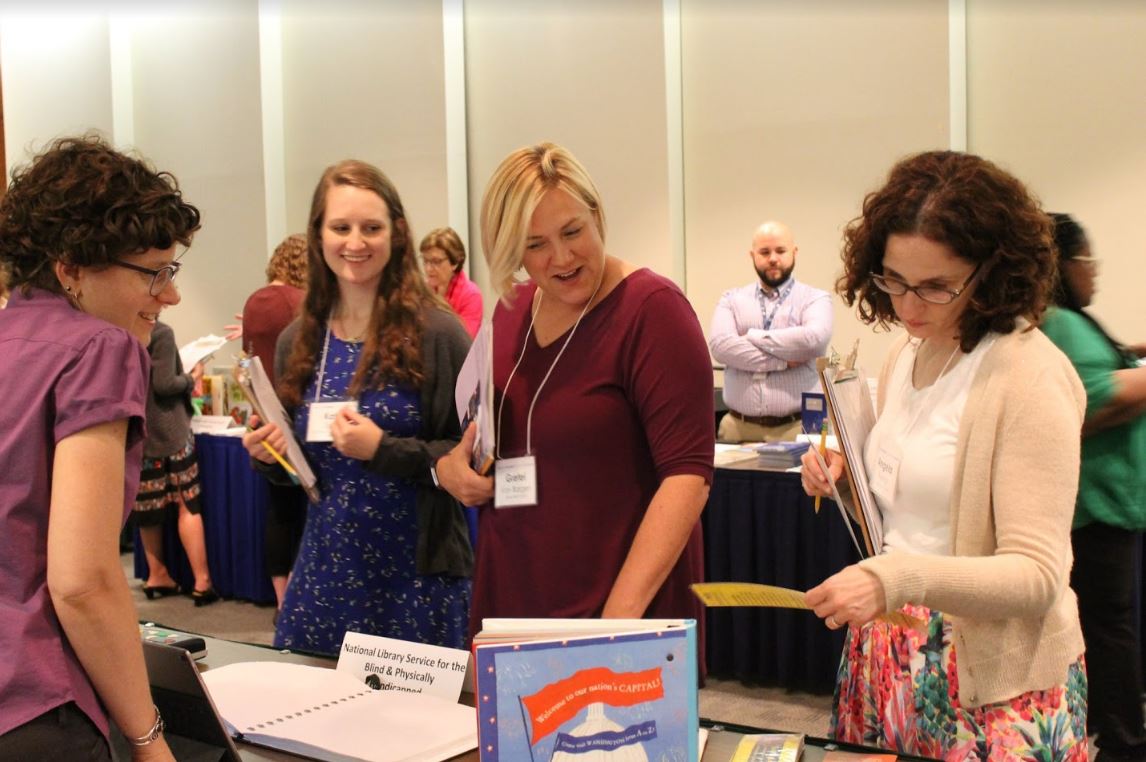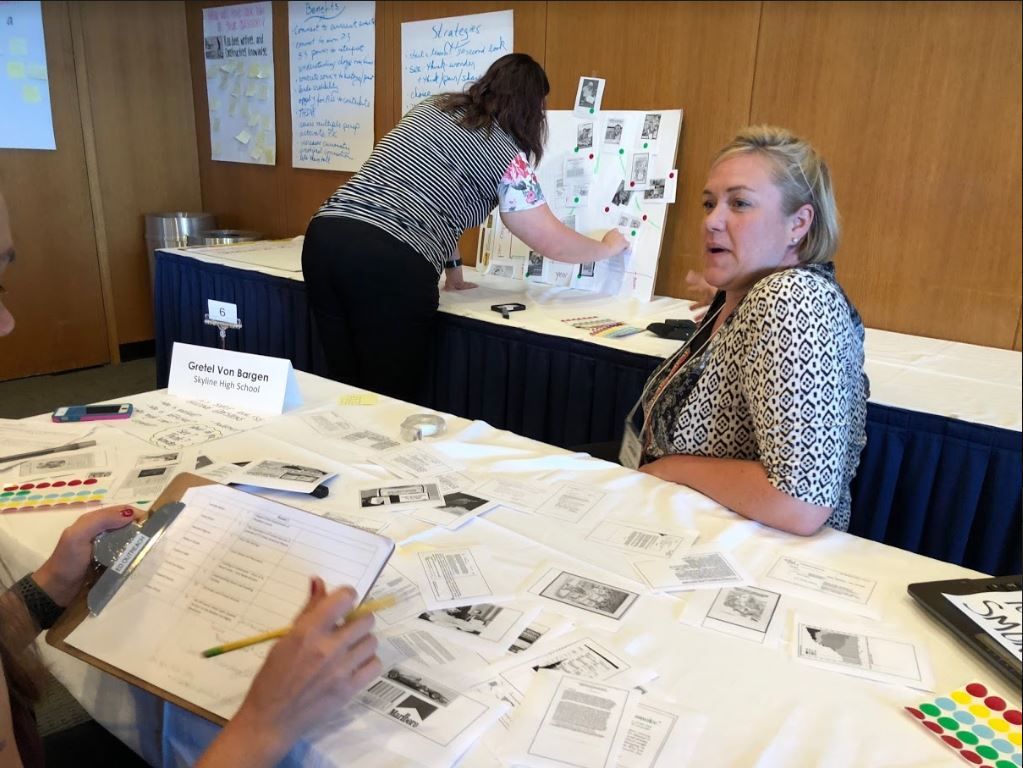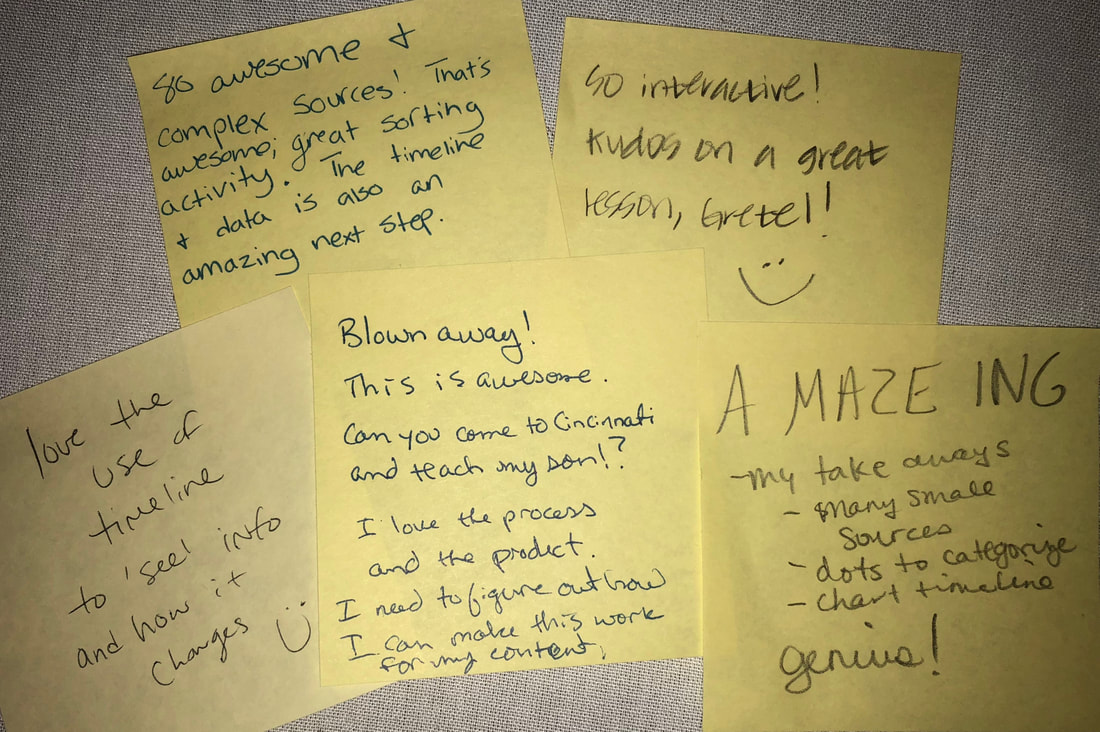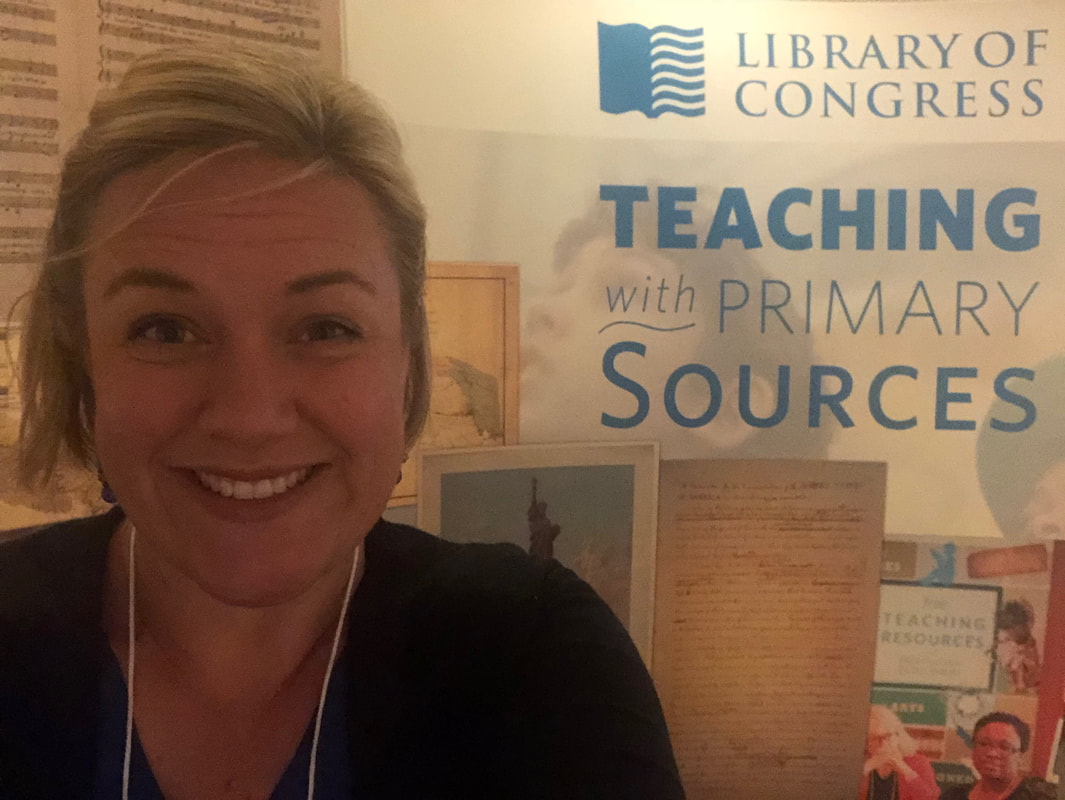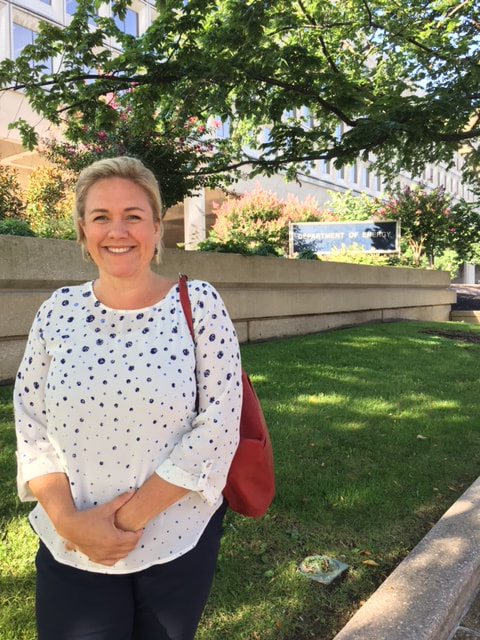|
Last December, the Albert Einstein Fellows had the opportunity to learn about primary source materials,rare book conservation and preservation science at the Library of Congress (LOC). We spent a full day learning about the history of the Library, touring the incredible Jefferson building and exploring behind the scenes of the library. The Library was established in 1800 by Congress, however just 14 years later the capital was burned and the library collection was lost. Thomas Jefferson offered his personal library collection as a replacement. Since 1870 and the advent of the copyright laws, the library has received at least two copies of all copyrighted materials from the United States and around the globe. About fifteen-thousands of new items (books, maps, music, photos, prints, sounds, movies, manuscripts) are added to the collection each day, and there are now over 150 million items! The Library of Congress is the largest, safest library in the world.
I was mesmerized and knew immediately that I wanted to spend a week at the Library of Congress Summer Teacher Institute learning why and how to incorporate primary sources into classroom instruction. I attended the Institute this past week and my already high expectations were surpassed! Spending a week learning about the use of primary sources with teachers of all grades from around our nation was invigorating, academically stimulating and quite fun!
We were able to participate in lessons as if we were students and then had time to reflect and discuss how we would use and/or adapt the instructional activities in our classrooms. I loved that teachers of students of all grades were able to collaborate and share ideas for modifying lessons. I was the only science teacher of the bunch, which actually was a benefit as I was able to expand my understanding of pedagogical methods traditionally only used in humanities courses.
Throughout the week, emphasis was placed on primary source analysis skills. Learning how to teach students how to examine primary sources (for example photographs, diary entries and newspapers) using a “see, think, wonder” approach. We learned and practiced strategies for considering different perspectives and modeled how historians examine sources. There was emphasis on how primary sources can be used to have students construct their own knowledge, deepen understanding of textbook material and support learning of reading and writing skills.
The Library of Congress has a rich collection of digital resources available for public access. Not only did we learn strategies for searching primary sources on loc.gov, but we had the opportunity to attend an “open house” during which time subject matter experts from the various library divisions were accessible for sharing their resources and collections highlights with the teachers.
Teachers in the Institute were asked to develop a primary source activity plan; a lesson that we will use with students that incorporates the use of primary sources and analysis tools we learned about during the week. There was time each day dedicated towards finding primary resources relevant towards our student and content speciacialties, culminating in a “Gallery Walk and Talk” during which time we shared our lesson ideas. I focused on using primary sources related to our understanding of the relationship between smoking and cancer. In the lesson, students examine a variety of primary and secondary sources related to the science, marketing and public policy of cigarette smoking. Students will use the LOC Primary Source Analysis tool to examine an artifact and then classify the artifacts as either “pro,” “con,” or “neutral” of smoking. Then, students will place the artifact on a graph depicting the per capita number of cigarettes smoked per year. Observation, trends and the role of science in public policy will be discussed.
The Institute ended with a discussion about the opportunities and strategies for sharing Library of Congress resources with colleagues. I hope I have the opportunity to share these resources with other teachers in my school, district and state once I am back in the "other Washington" this fall!
|
Archives
July 2018
|
I give many of my IB Biology resources away, for the benefit of students and teachers around the world.
If you've found the materials helpful, please consider making a contribution of any amount
to this Earthwatch Expedition Fund.
Did I forget something? Know of a mistake? Have a suggestion? Let me know by emailing me here.
Before using any of the files available on this site,
please familiarize yourself with the Creative Commons Attribution License.
It prohibits the use of any material on this site for commercial purposes of any kind.
If you've found the materials helpful, please consider making a contribution of any amount
to this Earthwatch Expedition Fund.
Did I forget something? Know of a mistake? Have a suggestion? Let me know by emailing me here.
Before using any of the files available on this site,
please familiarize yourself with the Creative Commons Attribution License.
It prohibits the use of any material on this site for commercial purposes of any kind.
